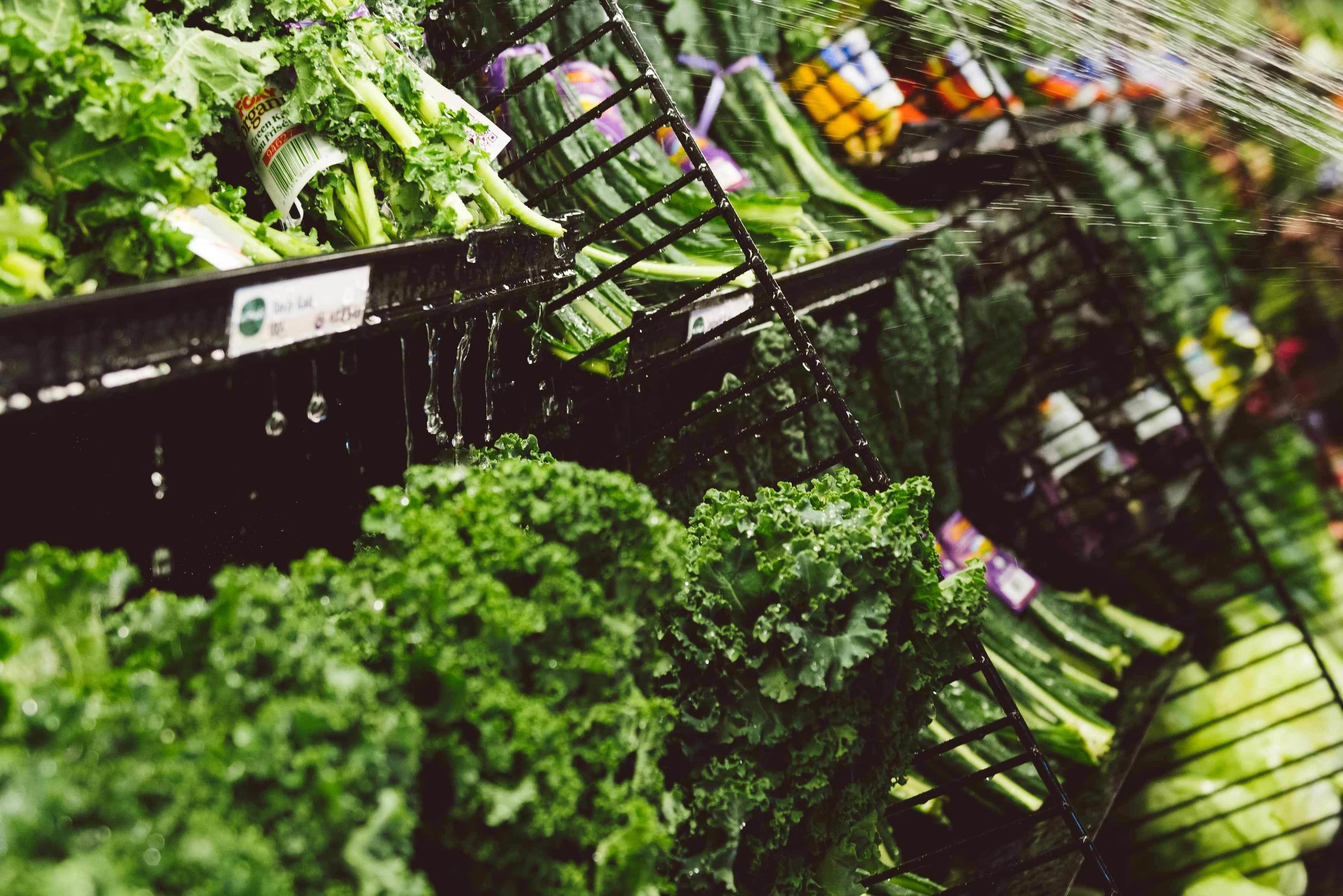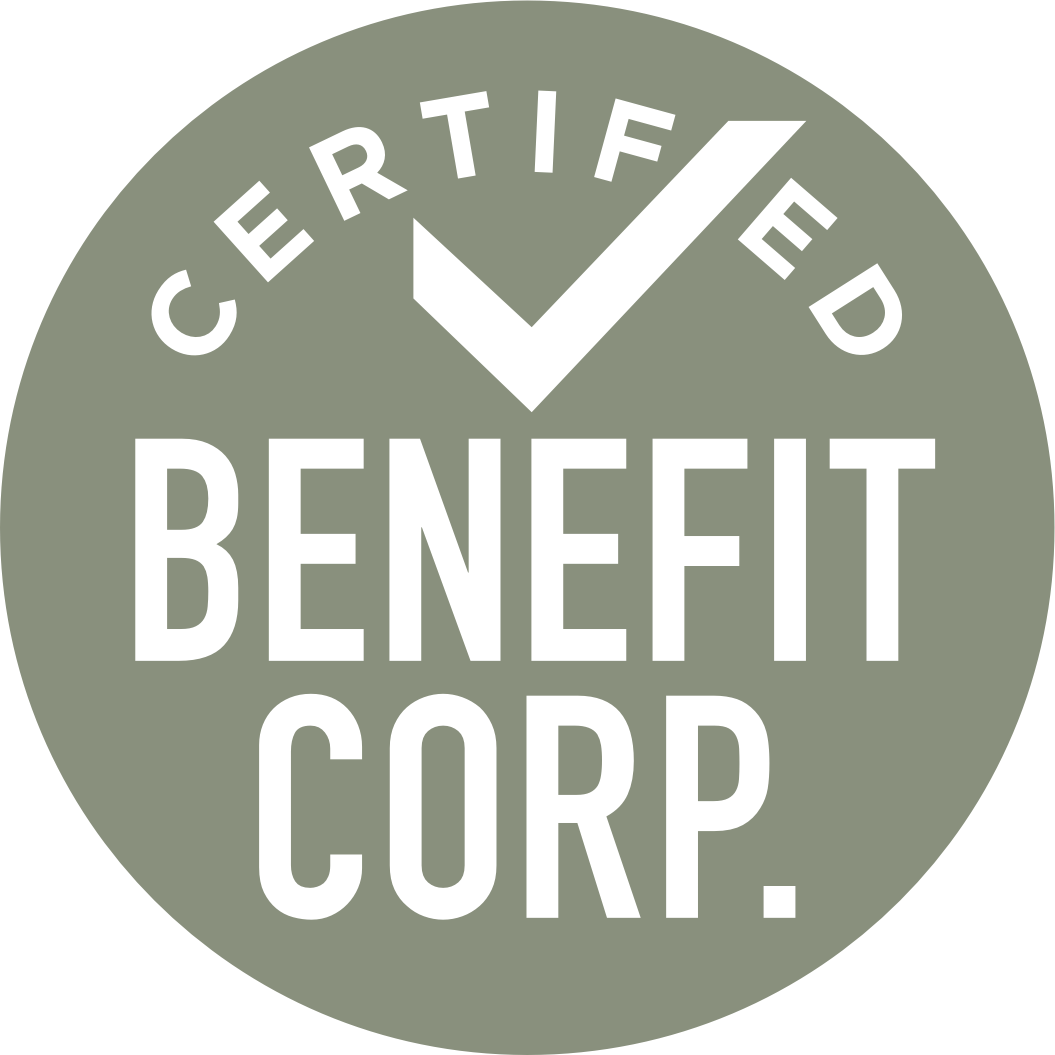By Lindsay Kluge M.Sc, CNS, LDN
You may have noticed that in many health food stores (Including Ellwood Thompson's), there is a section for bulk water fills which includes a tank for Reverse Osmosis water. Reverse Osmosis Water (RO) is designed to remove impurities and contaminates from water by filtering it under pressure through a semi-permeable (reverse osmosis) membrane. This membrane allows some atoms to pass through but not all of them (notably not the larger molecules). A reverse osmosis membrane will allow water molecules to pass through while filtering out a large portion of dissolved salts, bacterias and contaminants. This process deionizes and de-mineralizes water and creates a water with a very low concentration of salts (or ions). Generally, the RO filtration system can remove 95-99% of dissolved salts, bacteria, colloids, fluoride, iron, arsenic, lead, and pyrogens which is extremely beneficial for water supplies that are brackish, contaminated or that are being used in food and beverage production. RO does not remove gases from water, therefore the resulting RO water may have a slightly lower pH than normal.
Reverse osmosis water creates a water that is entirely pure, however it is devoid of most nutrients that we normally receive in other forms of water including calcium, magnesium, mineral salts and small amounts of potassium. Depending on your local supply of water, it may be in your best interest to consume water than has gone through a filtration system similar to the Reverse Osmosis system to remove impurities and contaminates from your drinking water (or have your local water source tested to see if this is something you should look into). It is important to remember that a reverse osmosis system is non-selective regarding what minerals and contaminates it removes, and mainly filters out particles based on their size rather than if they’re “good” or “bad” ingredients. Harmful contaminants are removed in this process, and so are the beneficial trace minerals.
Consumption of reverse osmosis water has been controversial over the years and it really comes down to weighing the pro’s and con’s of your location and your local water supply while also taking into consideration the quality of your overall diet. I sometimes recommend folks purchase reverse osmosis water (or have a RO filter installed in their home) if they live in a city or locale with a questionable or contaminated water supply, but I also encourage them to add in trace minerals to this water to replenish the beneficial nutrients that are removed from the filtration process. It’s also important to make sure you’re consuming foods with calcium, potassium, magnesium, iron and high quality salts as well to balance your dietary intake if you’re not consuming these minerals from the water you’re drinking.
For a complete description on the process and science behind reverse osmosis water and the filtration system, this is an excellent explanation.
If you still have questions or thoughts about if reverse osmosis water is a good choice for you, schedule a health coaching session by emailing healthcoach@ellwoodthompsons.com to get started!











